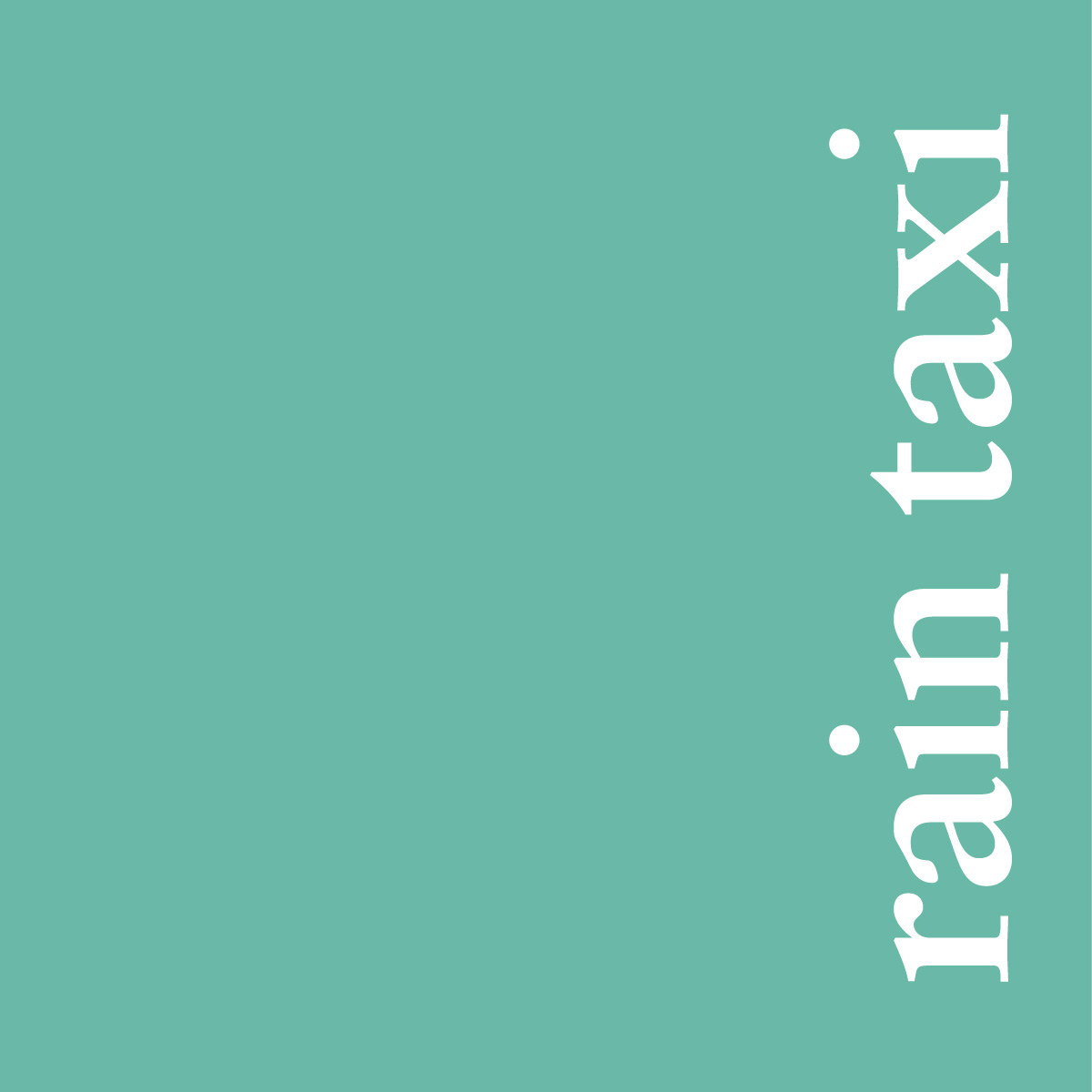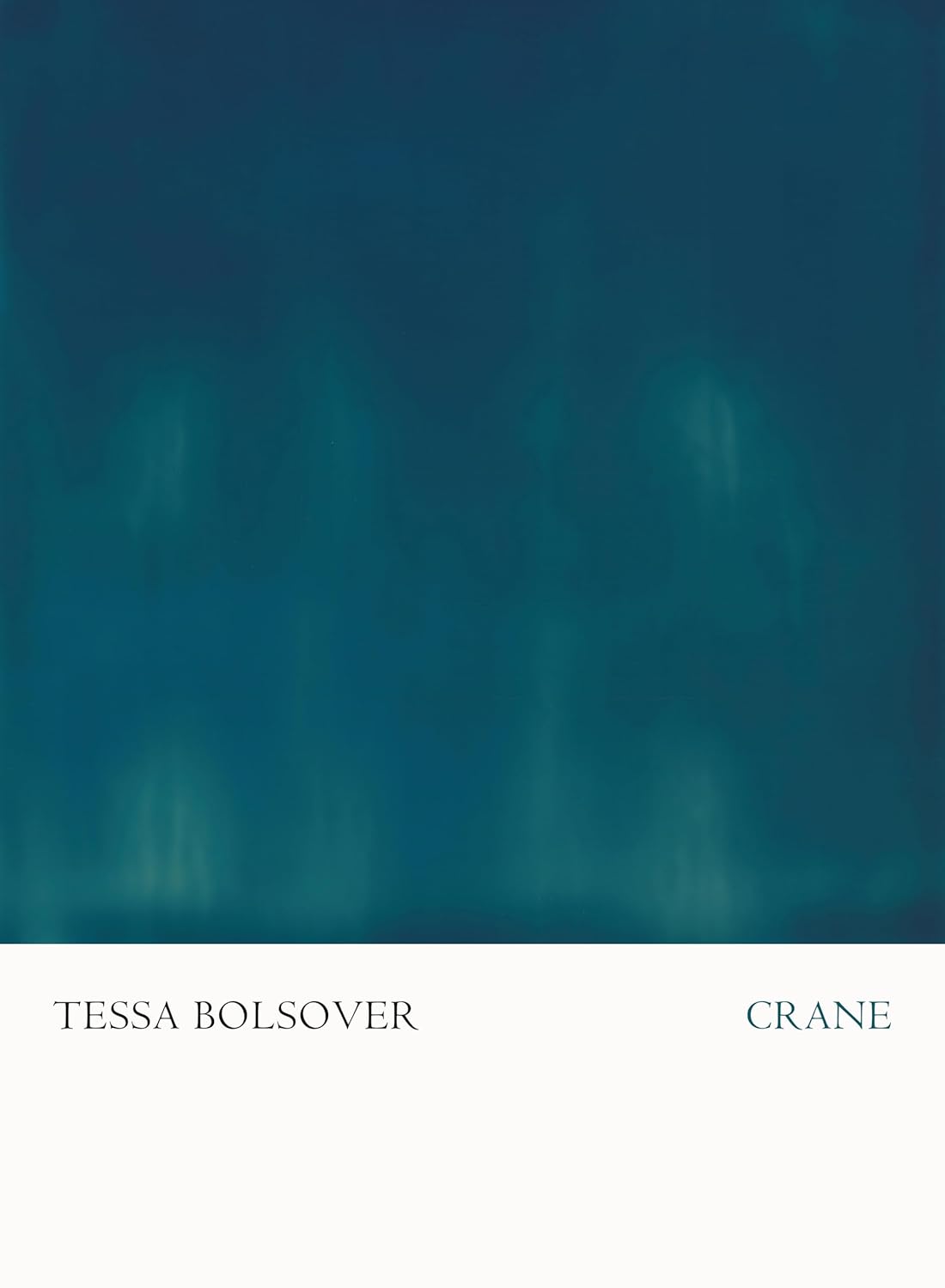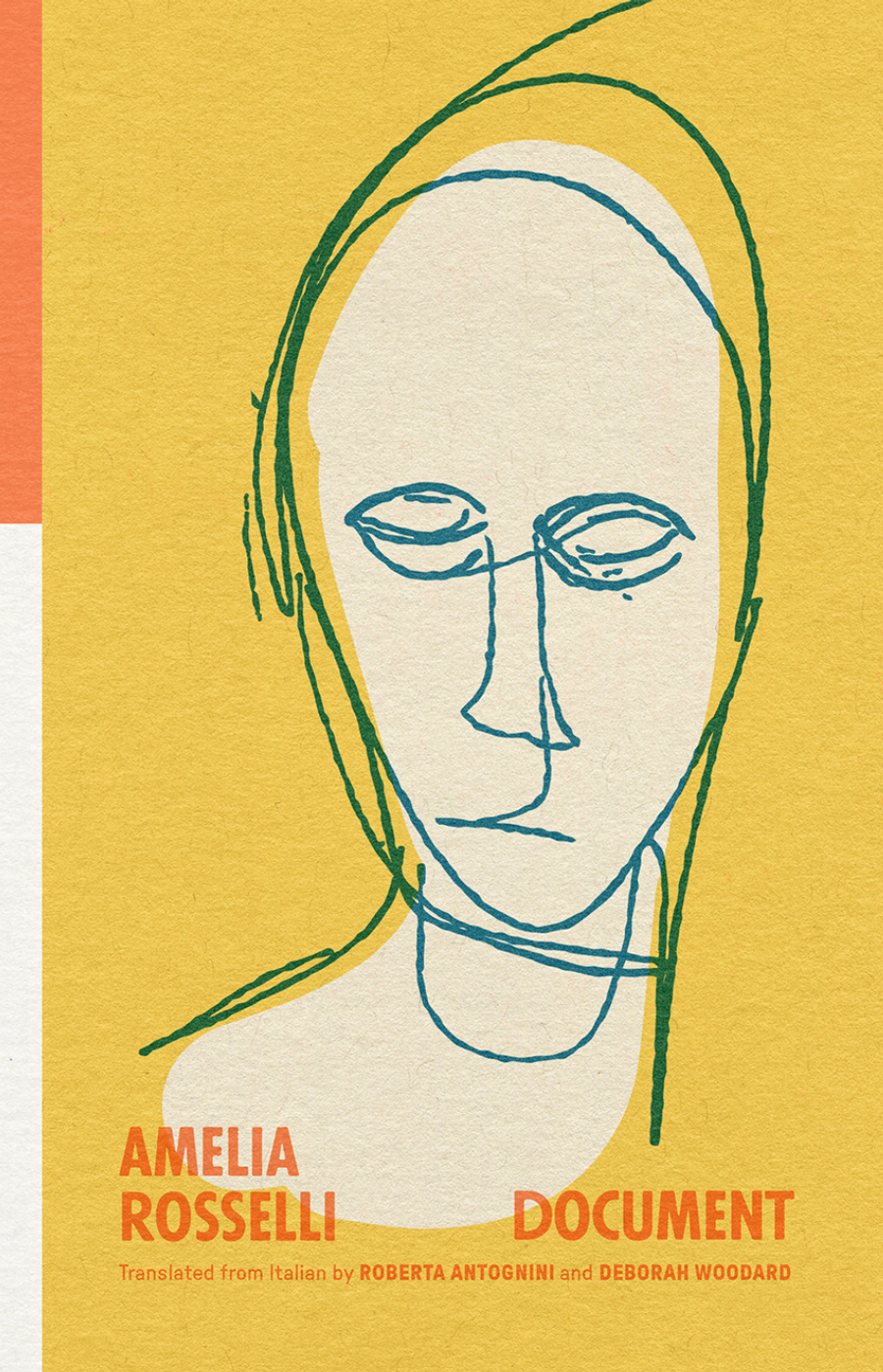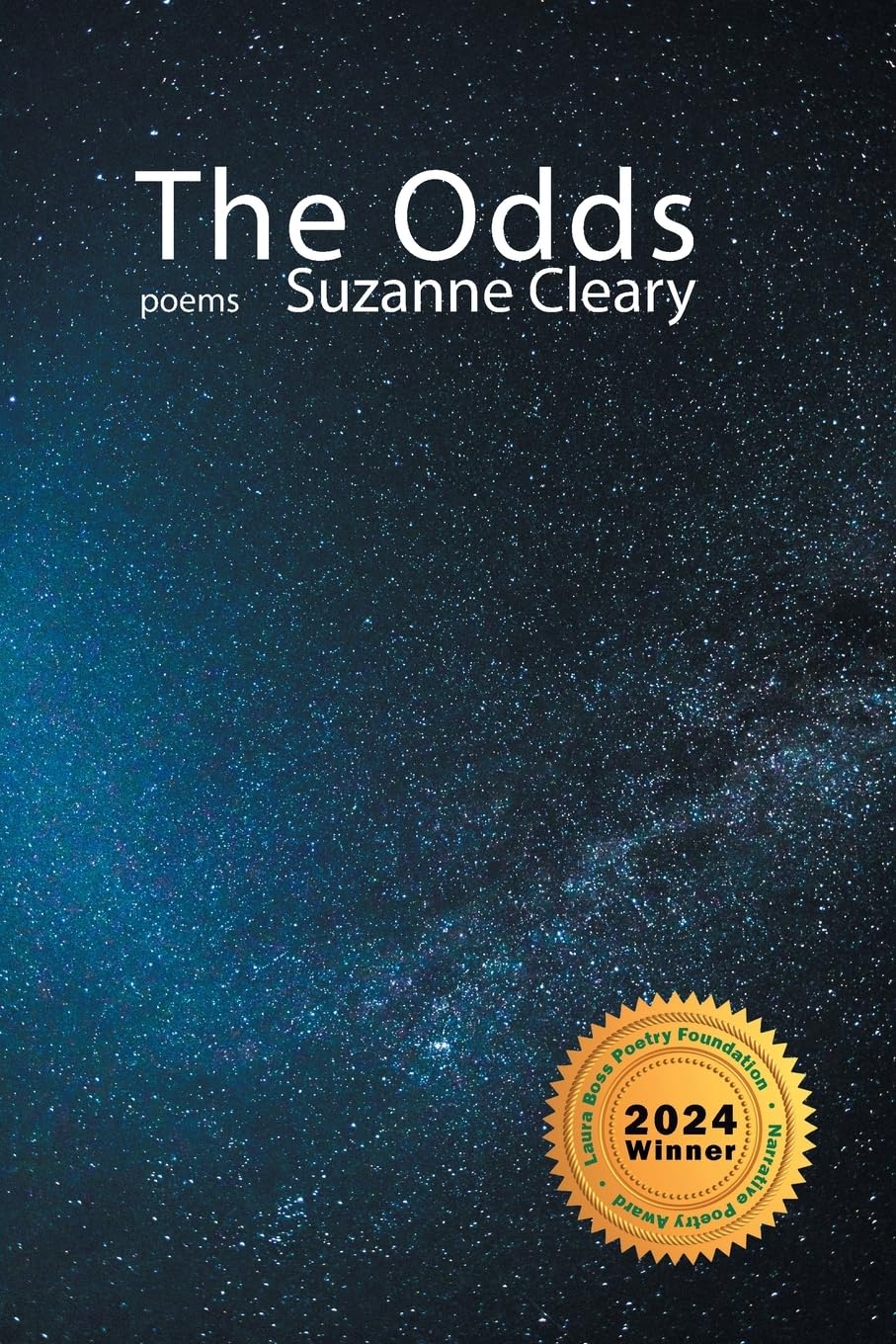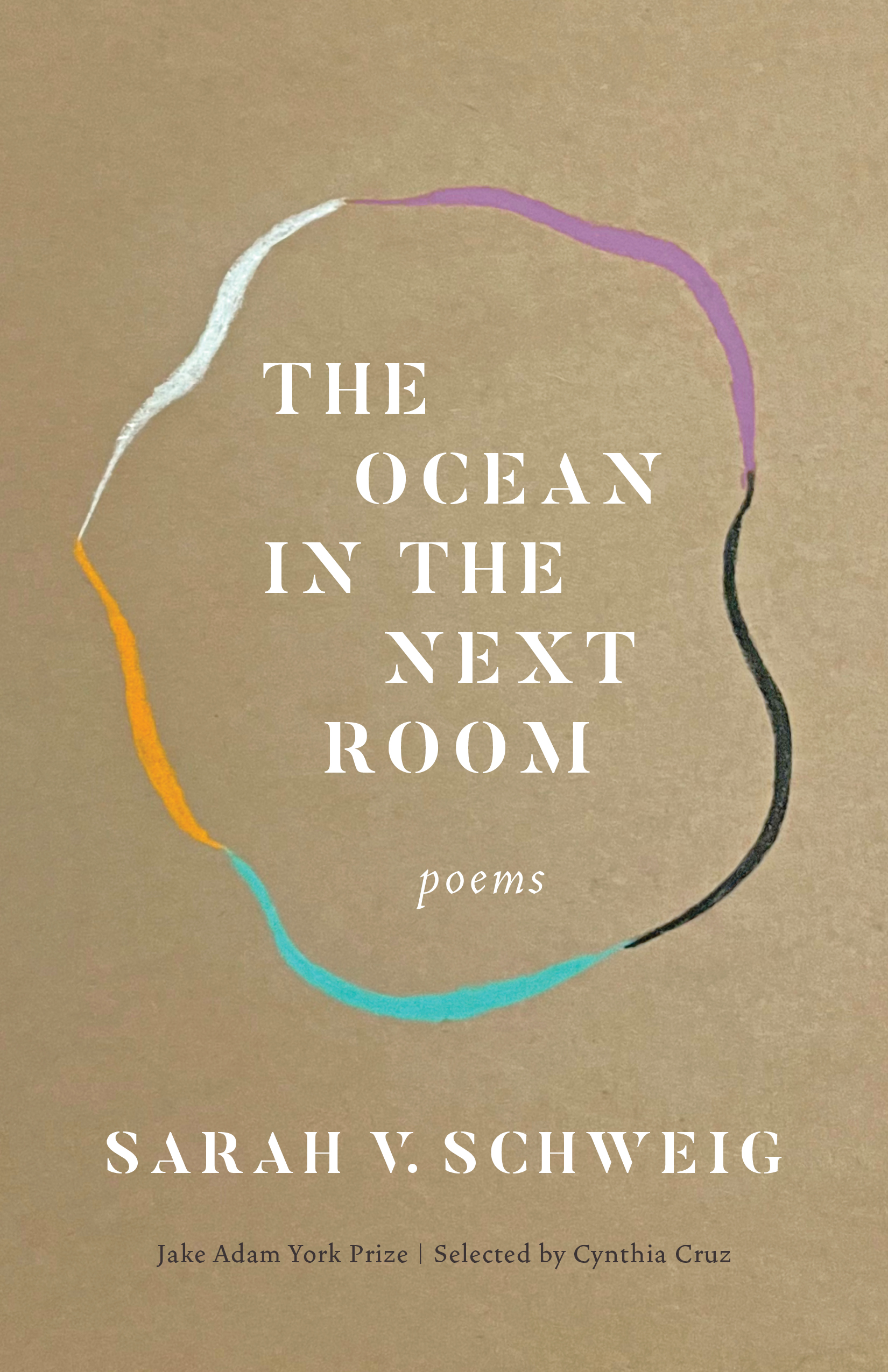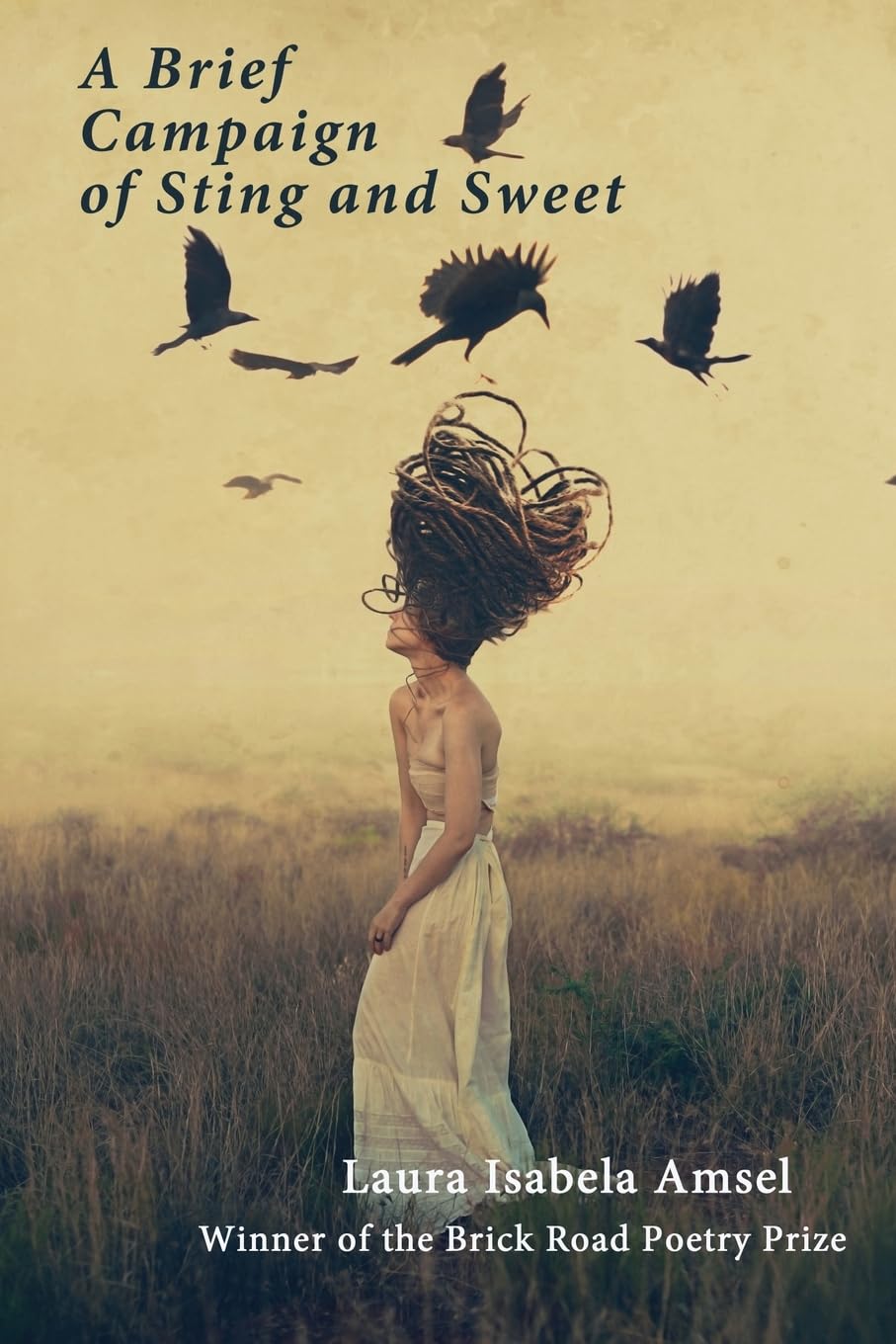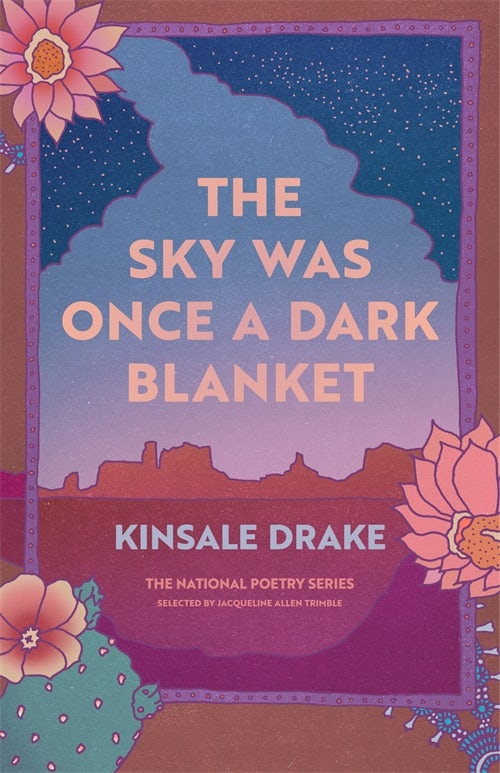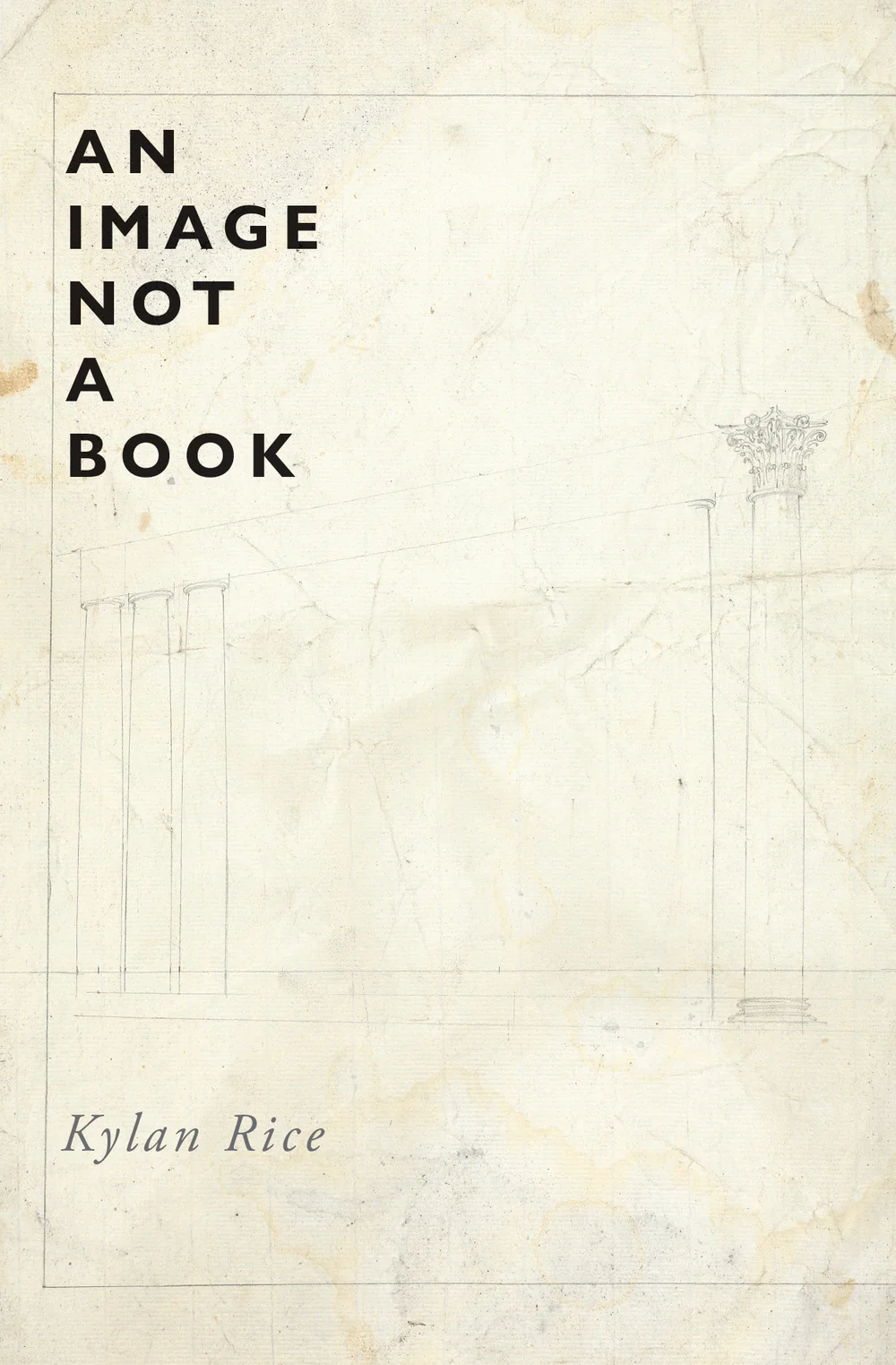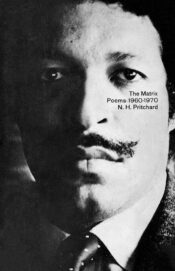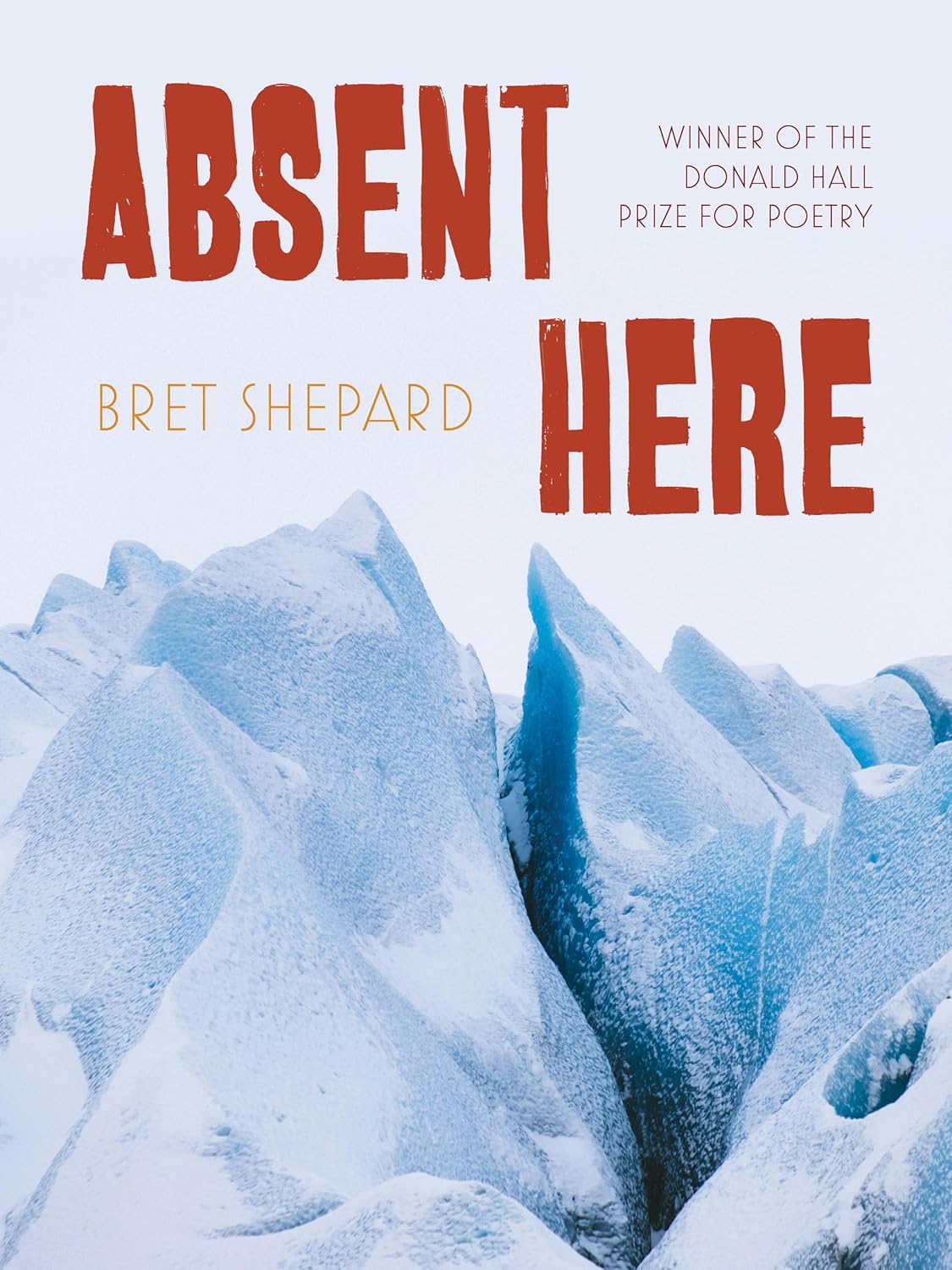Tessa Bolsover
Black Ocean ($18)
Tessa Bolsover’s Crane is an exercise in indexing and meshing. Though many poetry collections invest in the interconnectedness of words, concepts, and experiences, writers like Bolsover and her touchstones (including Nathaniel Mackey and Susan Howe, whose epigraph opens the book) strive to show the undercurrent beneath language’s seemingly obvious connections. Bolsover successfully immerses the reader in a cycle of reemerging motifs and ideas, a subliminal sublime that only poetry hinging on metaphor can concoct.
Crane is made up of three sections: “Crane,” “Delay Figure,” and “Inlet.” In the first, Bolsover offers an index that multiplies meanings among the Roman deity Janus and the figure Crane or Cardea, goddess of hinges. Its use of myth and archive recalls works such as Susan Howe’s Songs of the Labadie Tract, H.D.’s Helen in Egypt, and Anne Carson’s Autobiography of Red. Bolsover redefines her myth texts by discursively dissecting related words and indulging in etymological connections/confusions to cause the reader to question what is known or knowable. For instance, the name “Cardea” is said to be a leap, a hinge, a mechanical beam holding together, a line delimiting, an intersection, and a solstice. Interrelating these concepts as a barrage, Bolsover immerses the reader in a poetic flow that is both pleasant and disorienting, polluting the boundaries between stories to “willfully create error,” as Bolsover quotes from Anne Carson. The interrelation or hinge mechanism is more vital than the door itself. Crane/Cardea isn’t as well remembered as Janus, the god who looks both ways, but Crane is necessary in the way that the spaces between words both “connect and hold apart” to facilitate meaning. As Bolsover puts it, “the unsaid within the said lends a word both its particularity and its instability.”
For Crane and its forebears, true poetic potency is a capacity to explore the depths of an image through its instability. Bolsover tells us, “I do not want to draw equivalencies, but to place objects beside one another and witness how a surface shimmers in and out of form and loss itself”; the tender expectation of that loss is rendered by a surface that loses itself in tactical line breaks and shifts from lineated poetry to blocks of prose throughout the book, along with moments of transition or quotation that bring the reader above the lyric flow. One such transitional moment returns to Howe’s opening epigraph, in which the calendar, a mechanism intended to create order and clarity, is torn to pieces and tossed into the snow—units still differentiable but ultimately confounding.
Sound becomes a source of meaning (and meaninglessness) in “Delay Figure,” which also explores the capacity for archive to both hold and evade meaning. Nathaniel Mackey’s blues and cry of “Cante Moro,” itself an inherited evasion of meaning from ancestors such as Federico García Lorca, guides this part of the text along with other citations. Music, here, represents a more complete dismemberment of meaning amidst delicate sonics like “a numb limb shimmers,” and echoes in this section, like the echoes of Howe at the end of “Crane,” reinforce the expanded meanings referentiality creates—cords of mist that “run the seam of shore.”
Crane’s obsession with citation, indexing, and other trappings of the archive create some moments in which silence or metaphor would speak louder than the quotation on the page. These can feel like a poet’s cliché, akin to overusing words like “ghost” or “body” or reveling in the etymology of “essay.” Parts of “Delay Figure” also feel drily academic, citing works on Western theory by Édouard Glissant and Amanda Weidman at length. Even so, these heady moments seem to self-consciously hold a mirror up to postmodern poetics and its penchant for elucidating meaning via quotation rather than by sheer flow.
The strongest passages of Crane lean into associations and follow thought-trails away from quotation—giving rise to the possibility that the quotations were deployed as necessary foils to bring out the beauty in these associative moments. Like the work of each writer and thinker it cites, Crane rewards multiple readings for those who wish to submerge themselves in the spaces between what can be remembered and dismembered, the unsayable and the essential—however we point to it.
Click below to purchase this book through Bookshop and support your local independent bookstore:
Rain Taxi Online Edition Fall 2025 | © Rain Taxi, Inc. 2025
